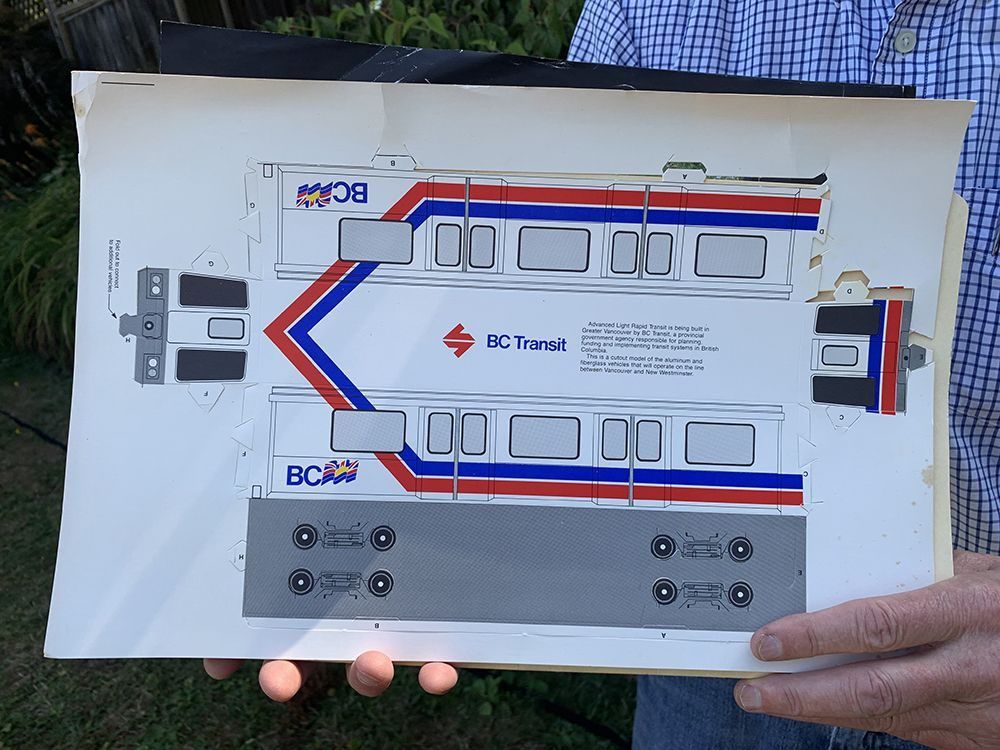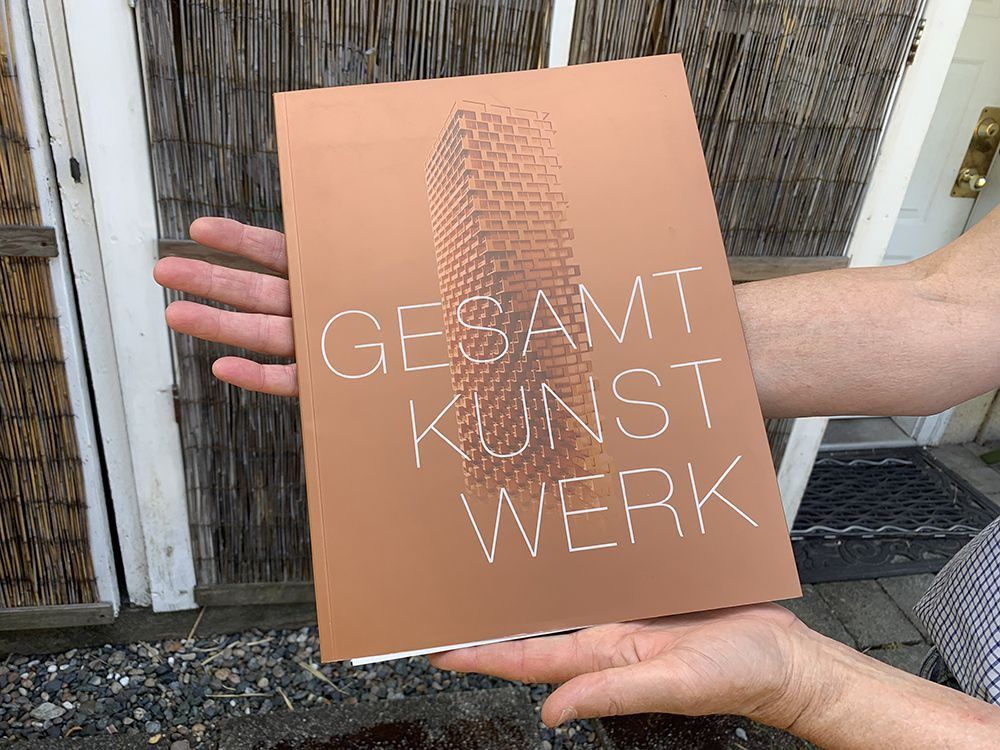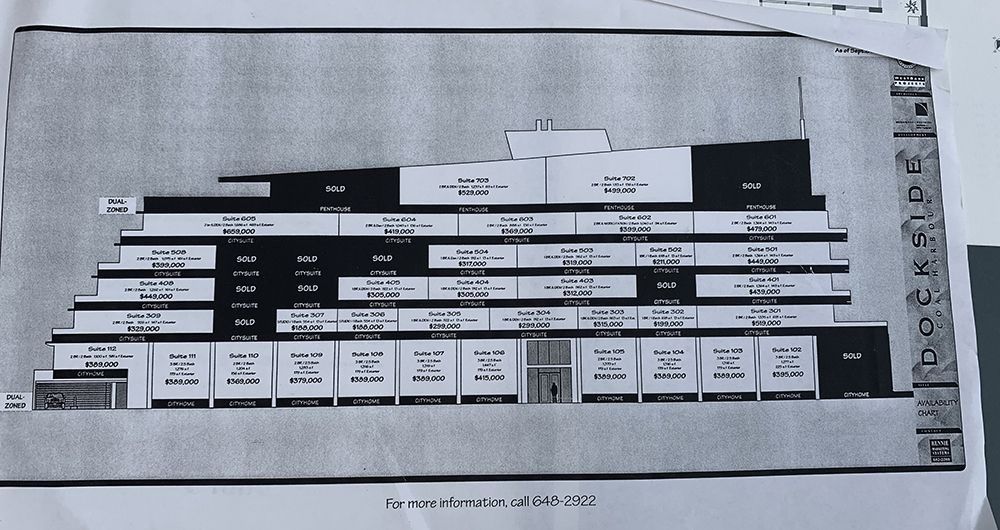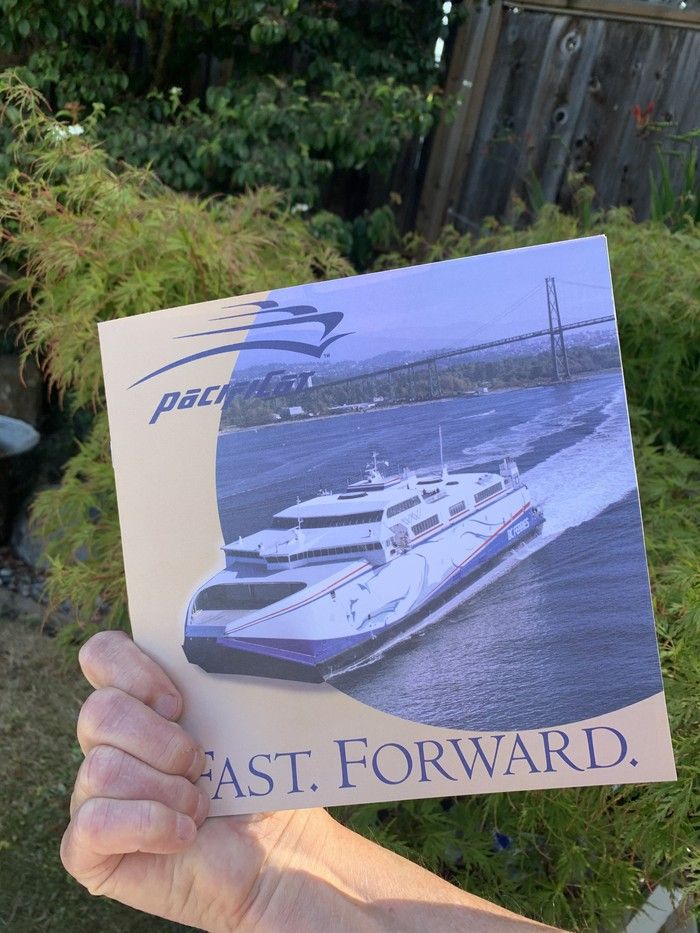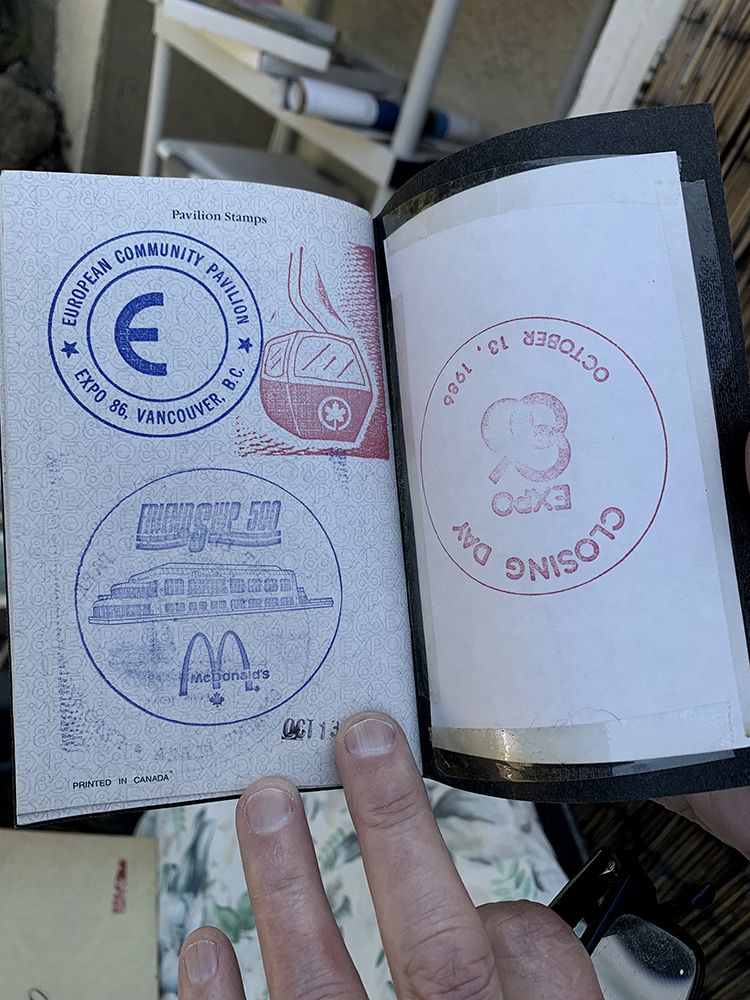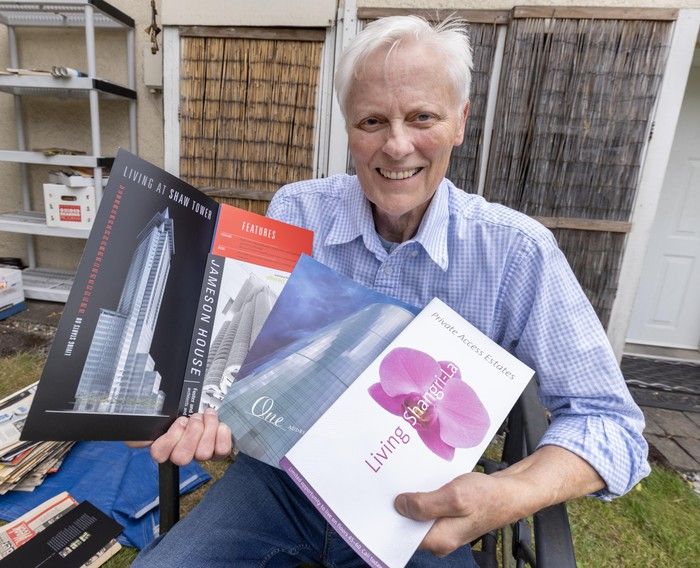
David Rogers loves going to open houses.
Since the mid-1980s, he and his wife, Krista, have been checking out the latest and greatest highrise condos, imagining what it might be like if they won the lottery. Could they live there? Would it fit their lifestyle?
“It was fun to see how the rich were going to live,” said Rogers, a retired vocational rehabilitation consultant for WorkSafeBC.
Inside the presentation centres to new condo buildings, they would collect developers’ spiffy marketing brochures. Some were fairly nondescript, others like a mini-magazine. The brochure for the high-end Vancouver House — the tower by the Granville Bridge that looks like a slice was taken out of it at the bottom — was so deluxe, he had to buy it for $20.
Normally, people toss this kind of stuff out. It’s called ephemera, because it’s designed to be used for a short time.
But over the decades, Rogers has assembled a large collection of real estate brochures, along with various maps, government documents and newspaper clippings — four banker boxes of information that have become a mini-archive of Vancouver’s post-1970s boom. He would like to donate it to an archive or museum.
He has, for example, an oversized brochure for Dockside, a seven-storey boutique condo building at 1478 West Hastings St. in Coal Harbour. Built by Westbank, it was designed by architect Richard Henriquez to look like an ocean liner.
Suite No. 703 was listed for $529,000 when the building was completed in 2002. The two-bedroom, 1,236-sq.-ft. unit now has an assessment of $1.475 million.
The Residences on Georgia, located at 1200 West Georgia St., opened in 1998. Built by the Kuok Group, it clearly was being marketed to international investors: A page in its brochure is called The Market, and claimed “Vancouver’s housing market has consistently been among the strongest performers in North America, fuelled by strong population growth from in-migration from other Canadian provinces and abroad.”
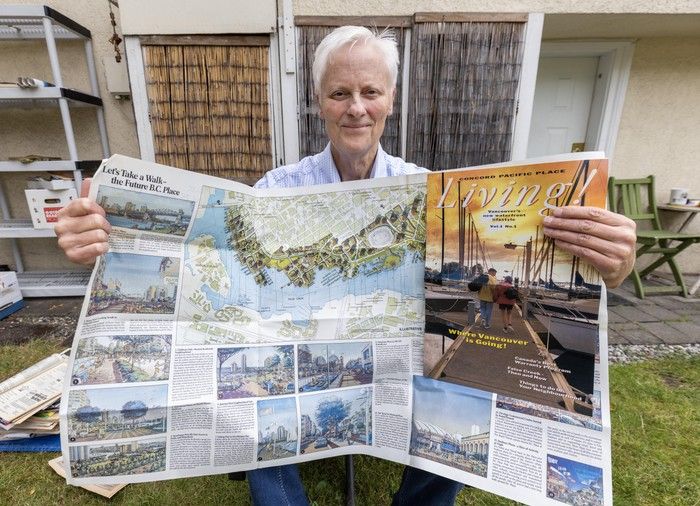
The brochure includes a United Nations list of the top nations to live in. Canada is No. 1, followed by the United States and Japan. A 688-sq.-ft., one-bedroom unit was listed for $174,239 in 1998. A unit that size on the 18th floor is now assessed at $732,000.
“It’s been really smart marketing,” said Rogers, 70. “What these brochures did was not only market the condo development, but also Vancouver.”
When Concord Pacific purchased and redeveloped the former Expo 86 lands on False Creek, it put out its own magazine-style brochure, Living!
Rogers has several issues, which are subtitled “Vancouver’s new waterfront lifestyle.”
Issue 5 included a feature titled “Sun, Sea and Freedom,” which touted “resort living in the heart of downtown.”
Concord developed Crestmark in 1997, a waterfront complex in Yaletown with 10- and 22-storey buildings. Part of its brochure was made with high-quality vellum paper, similar in feel to parchment.
“Imagine, savouring the tranquillity of living in a park-like setting by the ocean,” the brochure stated. “Imagine, owning a home that embodies all that a luxurious lifestyle has come to mean to those with impeccable taste.”
A 1,351-sq.-ft. townhouse was selling for $280,000 in 1997. A similar unit is assessed at $1.99 million today.
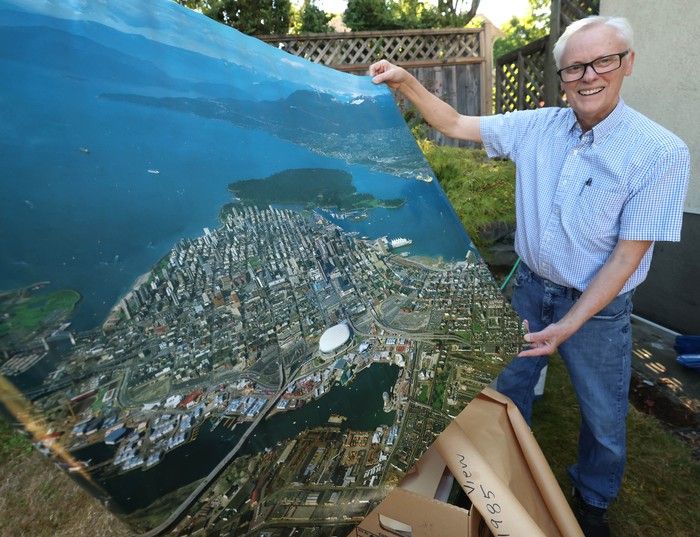
Rogers has all sorts of material related to Expo 86, the Concord Pacific development and nearby B.C. Place stadium, including a giant aerial-view poster of the Expo 86 site, probably photographed just before the fair opened.
His Expo 86 passport is filled with stamps from the various countries that had a pavilion, as well as a stamp from the McDonald’s McBarge, which was called the Friendship 500.
He has some wonderful B.C. memorabilia, such as the brochure for the PacifiCat, the ill-fated fast ferry from the 1990s.
He is also big on heritage. He has several chunks of brick and concrete from the Georgia Medical-Dental Building, an art deco wonder located at 925 West Georgia St. that was demolished in 1989.
Originally from Dorset, England, Rogers moved to Vancouver in the mid-1970s.
“There were so many things happening with Vancouver I decided to collect information that I found interesting,” he said.
Archives are often leery about ephemera. But some of his collection is so rare it defies belief, such as a paper cut-out SkyTrain car from its launch.
As Vancouver-a-bilia goes, it’s a 10 out of 10. They should re-issue them.
